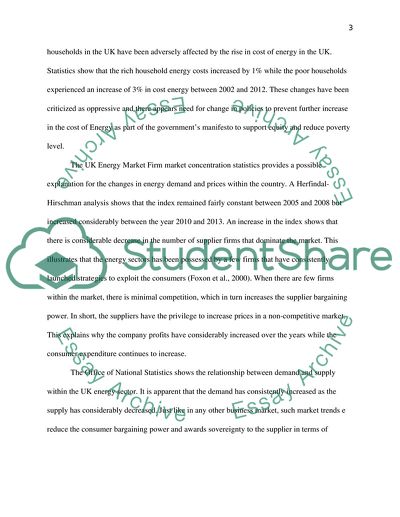Cite this document
(“Economics Coursework Example | Topics and Well Written Essays - 1500 words”, n.d.)
Economics Coursework Example | Topics and Well Written Essays - 1500 words. Retrieved from https://studentshare.org/macro-microeconomics/1675640-economics-coursework
Economics Coursework Example | Topics and Well Written Essays - 1500 words. Retrieved from https://studentshare.org/macro-microeconomics/1675640-economics-coursework
(Economics Coursework Example | Topics and Well Written Essays - 1500 Words)
Economics Coursework Example | Topics and Well Written Essays - 1500 Words. https://studentshare.org/macro-microeconomics/1675640-economics-coursework.
Economics Coursework Example | Topics and Well Written Essays - 1500 Words. https://studentshare.org/macro-microeconomics/1675640-economics-coursework.
“Economics Coursework Example | Topics and Well Written Essays - 1500 Words”, n.d. https://studentshare.org/macro-microeconomics/1675640-economics-coursework.


